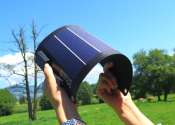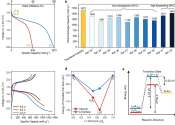A soft phototactic swimming robot built using a self-sustained hydrogel oscillator
Researchers at the University of California, Los Angeles (UCLA) and the California NanoSystems Institute in Los Angeles have recently developed a soft swimming robot based on a self-sustained hydrogel oscillator. This robot, ...









